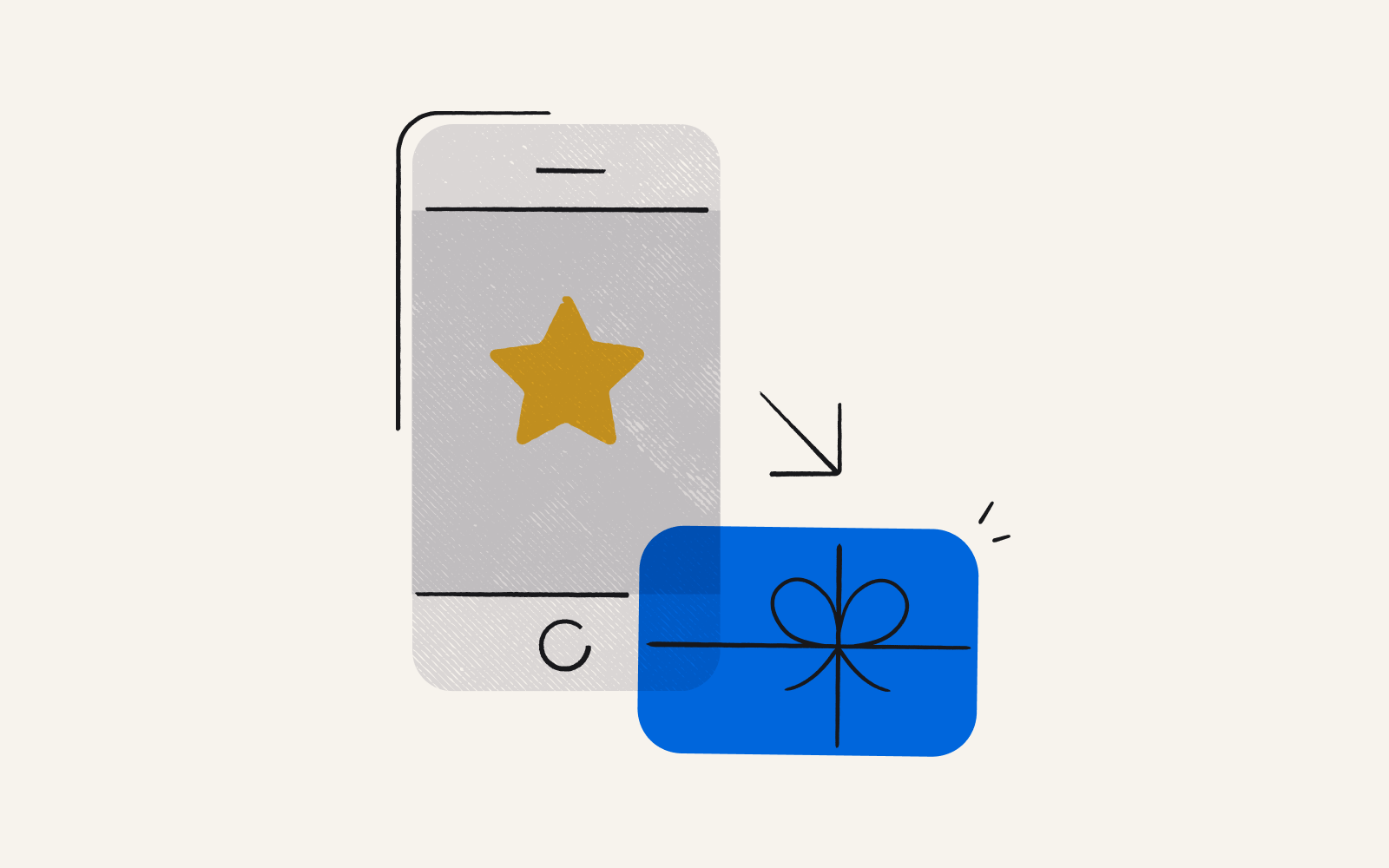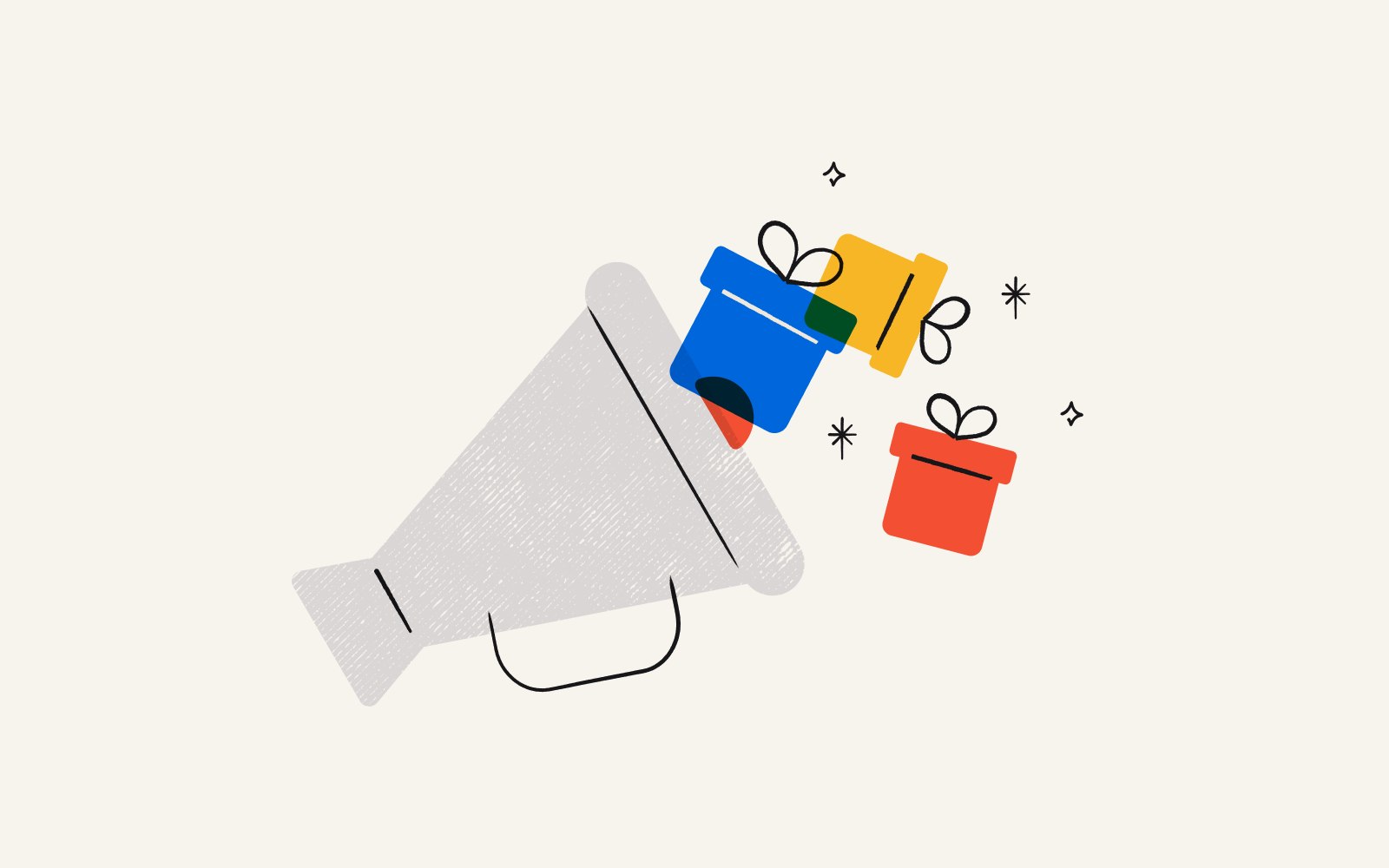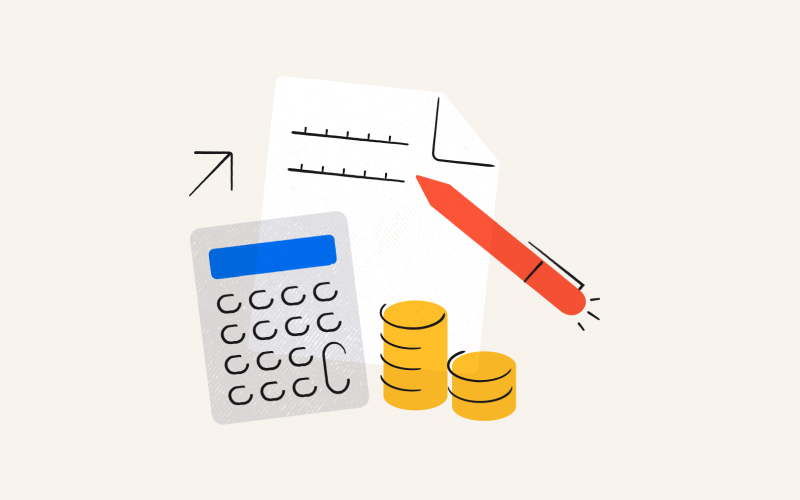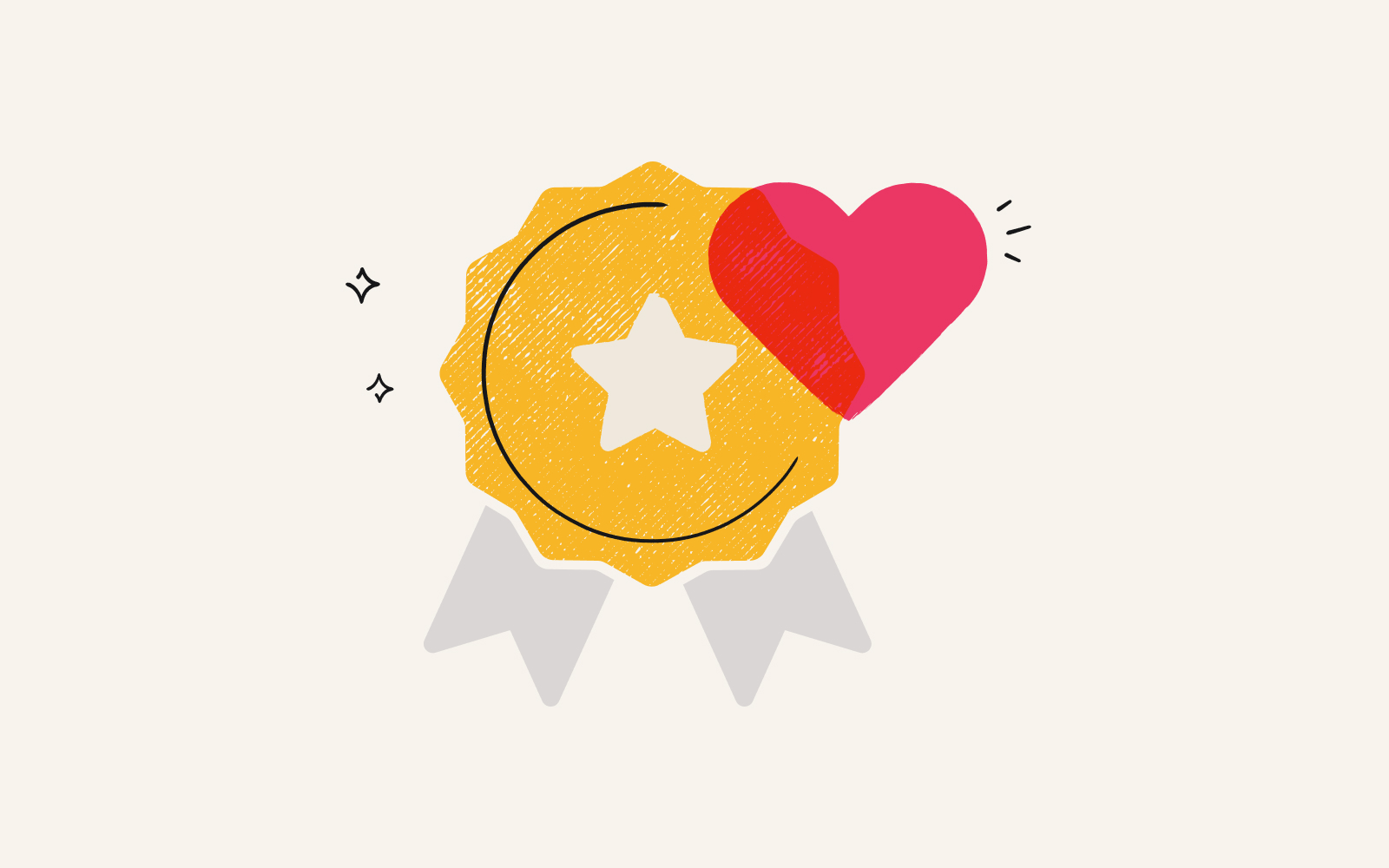Do loyalty programs really work? What the research says
By Amy Rigby|5 min read|Updated Mar 22, 2024

From Anthropologie to Zappos, it seems like every B2C brand has a loyalty rewards program. In reality, the number is more like 91%. (Okay, so almost every brand).
But before you invest time and money into starting your own, it’s worth asking: do loyalty programs work? Do they actually boost customer loyalty, retention, and spending?
We pored over the research to find out. Below, we’ll show you our findings, plus the pros and cons of loyalty programs, to help you decide if you should launch one for your brand.
What is a loyalty program, and how does it work?
Loyalty programs, also known as rewards programs or loyalty schemes, provide incentives to customers who join and make repeat purchases.
An example is Sephora's Beauty Insider program, which rewards frequent shoppers with cashback, discounts, and points that can be redeemed for gifts.
Brands offer loyalty programs to boost customer retention, loyalty, and spending, as well as gather useful behavioral and demographic data.
Just how popular are loyalty rewards programs? Eight in 10 consumers participate in at least one retail loyalty program, subscription, or membership.
Should you launch a loyalty program? Pros and cons according to research
Loyalty programs have the power to boost sales and customer loyalty, but they can be costly to implement and manage. Let’s examine the pros and cons of rewards programs in detail.
Pros of loyalty programs
Increase sales. Customers who join loyalty programs generate 12-18% more incremental revenue than non-members, according to an Accenture survey. Members of Prime, Amazon's paid loyalty program, spend two times as much on the e-commerce giant's website than non-members, according to data from Consumer Intelligence Research Partners.
However, savvy marketers will point out that correlation does not equal causation. Is it just that frequent Amazon shoppers are more likely to subscribe to Prime?
Well, in a different study, McKinsey found that the chances of shoppers spending more money on a brand are 60% higher after they’ve subscribed to its paid loyalty program.
When it’s an unpaid loyalty program, however, that number is only 30%. So, these results captured post-membership purchasing behavior, indicating that loyalty programs do encourage members to spend higher amounts. Paid programs, in particular, have an even greater effect.Boost customer retention. In a study published in the International Journal of Business and Social Science, researchers found that loyalty programs were successful in building and maintaining customer retention—especially tiered loyalty programs. The study also found that non-monetary rewards had the weakest effect on customer retention.
Further, one report found that 81% of shoppers are more likely to keep buying from brands that have loyalty programs.
These findings are huge. Just a 5% bump in customer retention rates can boost profits anywhere from 25-95%.Foster customer loyalty. Top-performing loyalty programs, on average, created a 46% loyalty rate. That means 46% of members said that joining the loyalty program caused them to never consider other brands. In a survey of online shoppers, 51% said they’d made a decision about where to buy based on a loyalty program offer.
Improve customer lifetime value. Customer lifetime value (CLV) measures how much a customer will buy from your business over their lifetime. You can calculate CLV as follows:
Customer lifetime value = Customer value X average customer lifespan
Because loyalty program members spend more and stick around longer than non-members, loyalty programs boost CLV. One report found that the CLV of customers who spend points within a loyalty program is 6.3x higher than non-members.
Gather valuable data about your customers. When a customer signs up for your loyalty program, you get their contact info and access to precious demographic and behavioral data, including what they buy and how often. From there, you can send targeted and personalized offers.
Cons of loyalty programs
Cost money. Unless you’re going with old-fashioned physical punch cards (which we don’t recommend), building the technology to manage a fully digital rewards program is costly.
When thinking about the costs of a loyalty program, consider three factors:
Building the technology: You’ll need a digital platform to create and manage accounts for all the customers who join your rewards program. Developing the technology in-house is pricey, while using a SaaS solution is less expensive and typically has a shorter launch timeline.
Marketing the program: This includes email marketing, graphics, and advertisements to ensure customers know about your program.
Maintaining the program. Keeping your program running involves tech maintenance and software costs, paying people to manage the program, and of course, the cost of the loyalty program’s benefits.
If that seems like a lot of expenses, the good news is that, according to one 2024 report, 89.6% of loyalty programs achieve a positive ROI and those that do generate 4.8 times more revenue than what they cost.
Increase buyer power. Buyer power refers to the influence consumers have over brands to pressure them into lowering prices, improving products, and more. This is a pro for consumers but can be a con for brands because they may feel at the whim of their loyalty program members.
Case in point: Delta Airlines. In September 2023, the Atlanta-based airline announced major changes to its SkyMiles frequent flyer program and faced so much backlash from members that by October, it had walked back several of those changes.Can hurt profit margins. Striking the right balance between offering rewards that entice loyalty program members to spend more and ensuring the program remains profitable for your company can be challenging. Brands that miscalculate can end up losing money.
How to make loyalty programs work for you
So do loyalty programs really work? The research shows that, yes, they do work when planned and executed wisely. Rewards programs can increase customer retention, foster customer loyalty, boost your bottom line, and more.
Keep this in mind when planning your brand’s customer loyalty program:
Choose the right rewards. Remember, non-monetary rewards are the least likely to boost customer retention. So, if you can, opt for rebates, discounts, and gift cards to really entice customers to keep coming back for more.
Of course, this largely depends on your target audience, and you know your customers best. Be sure to conduct a thorough analysis of your customers or survey them to find out which rewards best align with their values and goals.Start small. Because building a loyalty program requires a large upfront investment, start small with a trial period involving your top buyers. If it’s successful and profitable, expand and scale up from there.
Track the metrics (and watch profit margins closely). One of the three factors Boston Consulting Group uses to track the value of a loyalty program is incremental share. Simply put, incremental share is how much more a customer spends because of your loyalty program. An effective and profitable program should cause members to spend more than they would have without the program. The formula is as follows:
Incremental share = Total spending per member - Original spending per member
You can also protect profit margins by charging a membership fee like Amazon Prime does, or using a tiered loyalty program, where customers must spend more to reach the next level.
Scale back if necessary. The economy is constantly in flux, and consumer behavior is, too. If your loyalty program starts to become unsustainable, adjust the rewards you offer or the spending amount needed to reach the next tier.
Starting a loyalty program is a big investment, so don’t spend any more than you have to. With Tremendous, you only spend what you send. When you use Tremendous, your customers can redeem their reward in over 2,000 ways—from a Visa prepaid card to a charity donation.
Sign up for free or schedule a demo with us.
Published March 22, 2024
Updated March 22, 2024


